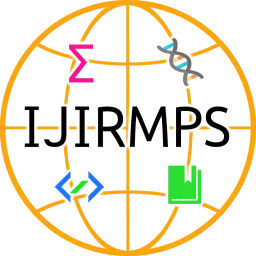Automating Cost Optimization with Azure Monitor and Log Analytics
Authors: Parag Bhardwaj
DOI: https://doi.org/10.5281/zenodo.14593207
Short DOI: https://doi.org/g8xmvd
Country: USA
Full-text Research PDF File:
View |
Download
Abstract: Automation plays a crucial role in cloud cost management and optimization by enabling organizations to streamline their processes, reduce human error, and achieve more efficient resource utilization. Cloud environments are dynamic and scalable, which means that manual cost monitoring and optimization can be time-consuming, error-prone, and ineffective in addressing fluctuating demand and usage patterns. By automating cost management tasks, such as resource scaling, rightsizing, and deallocation of unused resources, businesses can significantly reduce waste and ensure resources are used only when needed. Automation tools, such as Azure Automation, Azure Monitor, and cost management features, can continuously monitor resource usage and costs, triggering actions like auto-scaling, shutting down unused services, or reallocating resources based on real-time demand. This not only prevents over-provisioning and underutilization but also ensures that cost-saving measures are consistently applied without requiring constant manual intervention. automation helps to enforce governance policies and compliance standards, ensuring that cost controls are adhered to across the organization, regardless of the scale. It also provides valuable insights through automated reporting, alerts, and recommendations, helping organizations proactively address potential cost overruns before they occur. By leveraging machine learning and predictive analytics, automation can optimize resource allocation in anticipation of future needs, improving both performance and cost efficiency.
Keywords: -
Paper Id: 231952
Published On: 2021-12-21
Published In: Volume 9, Issue 6, November-December 2021





 All research papers published in this journal/on this website are openly accessible and licensed under
All research papers published in this journal/on this website are openly accessible and licensed under 